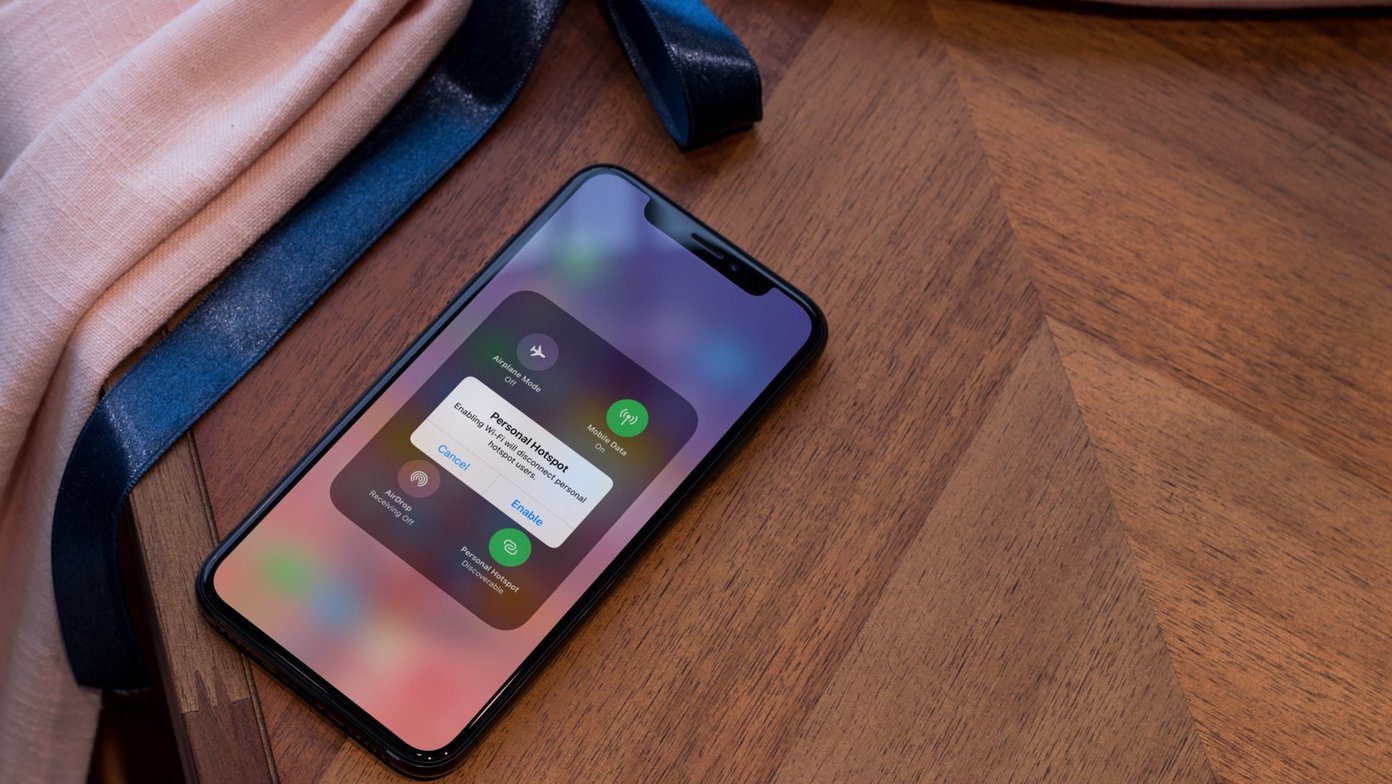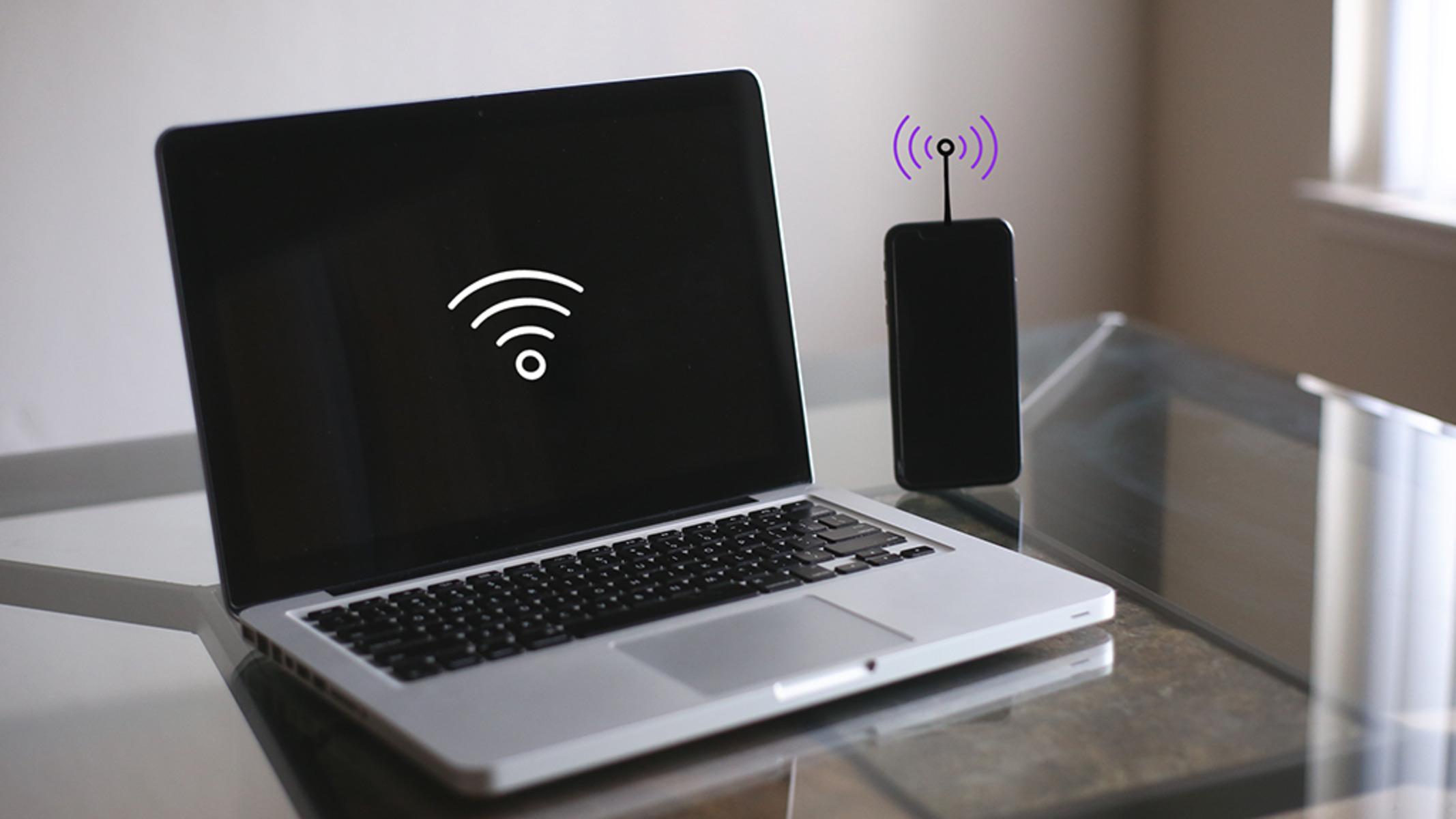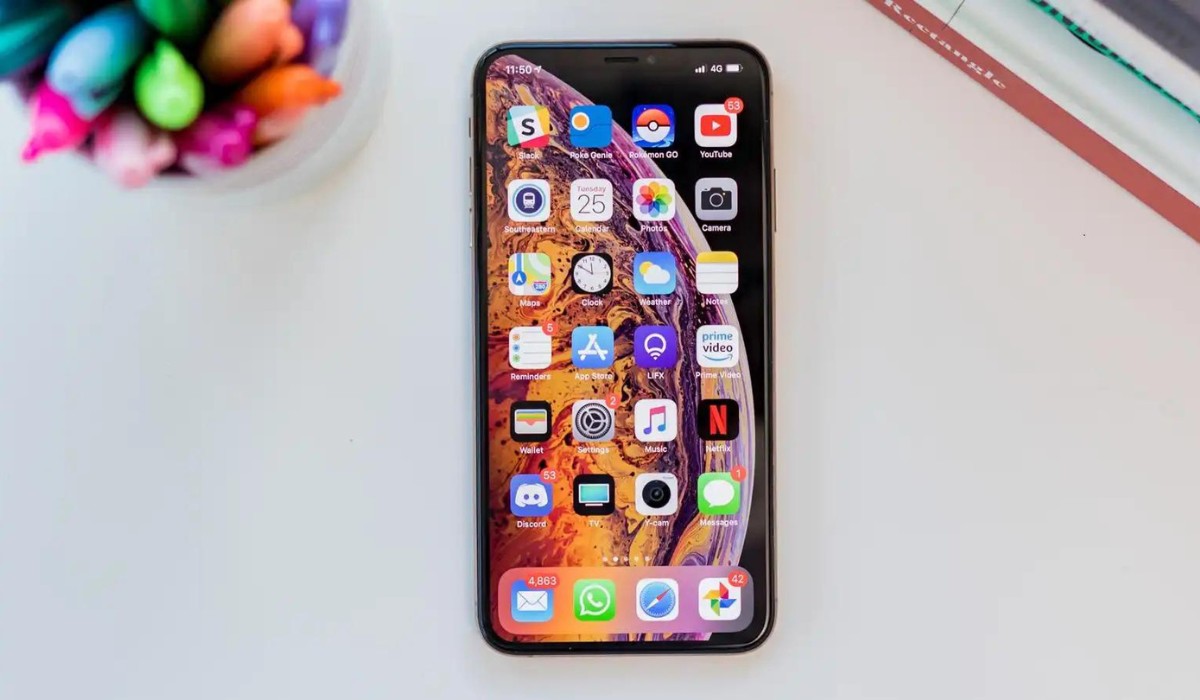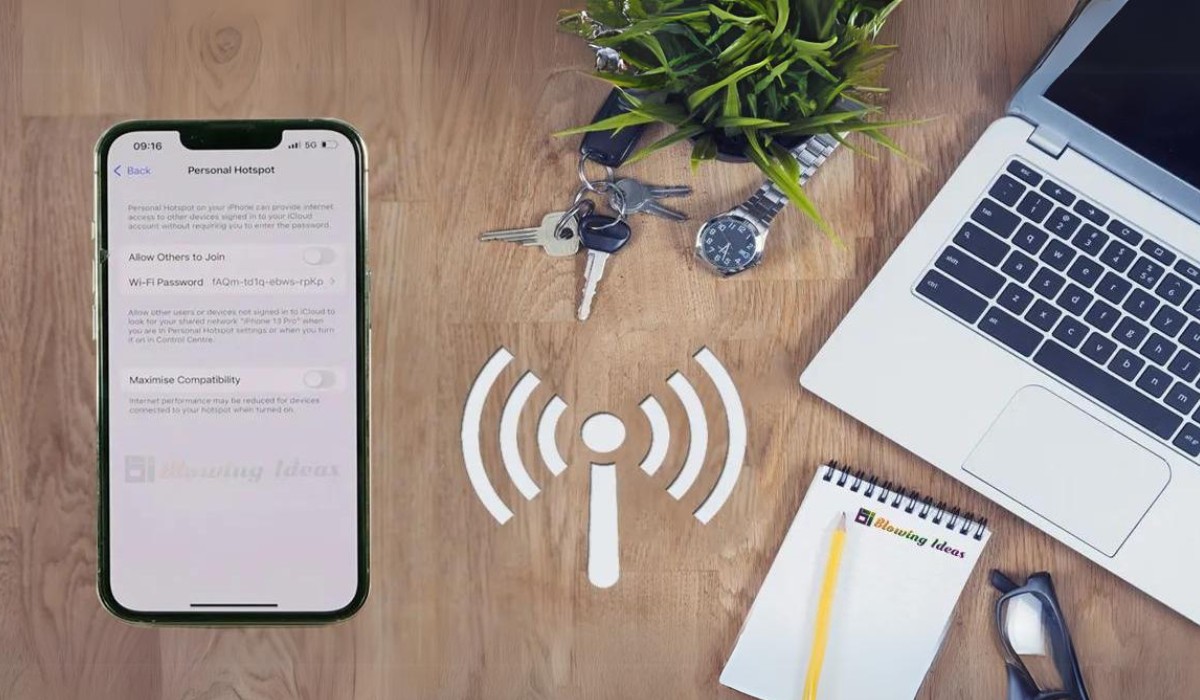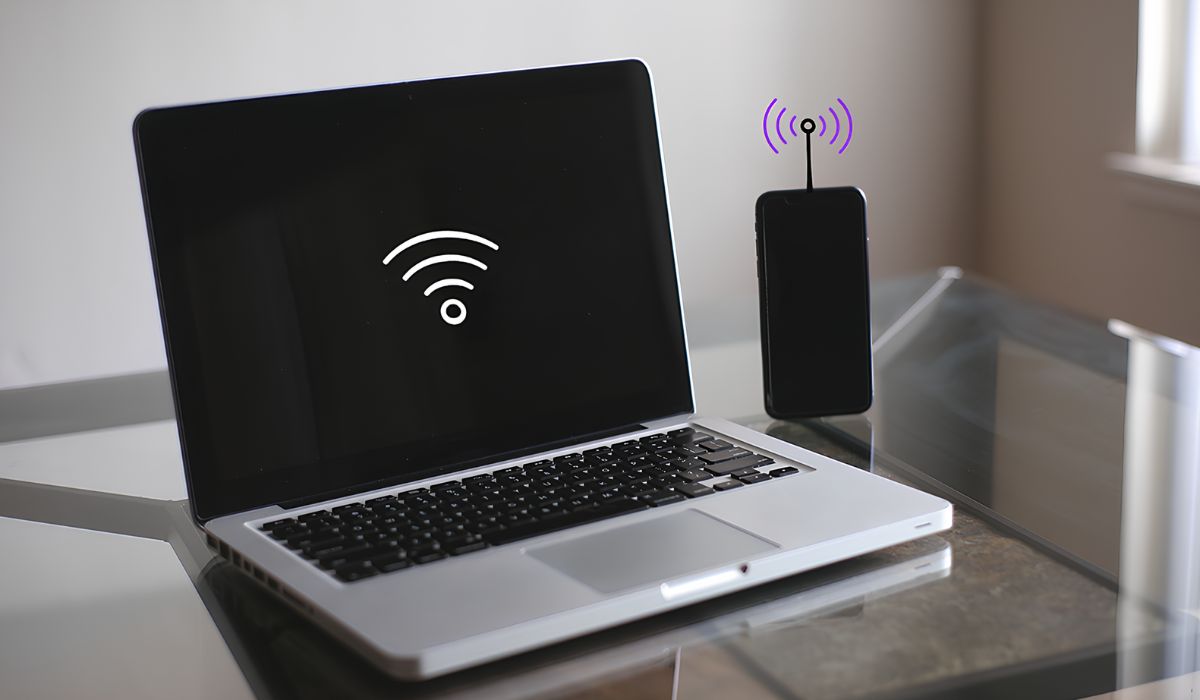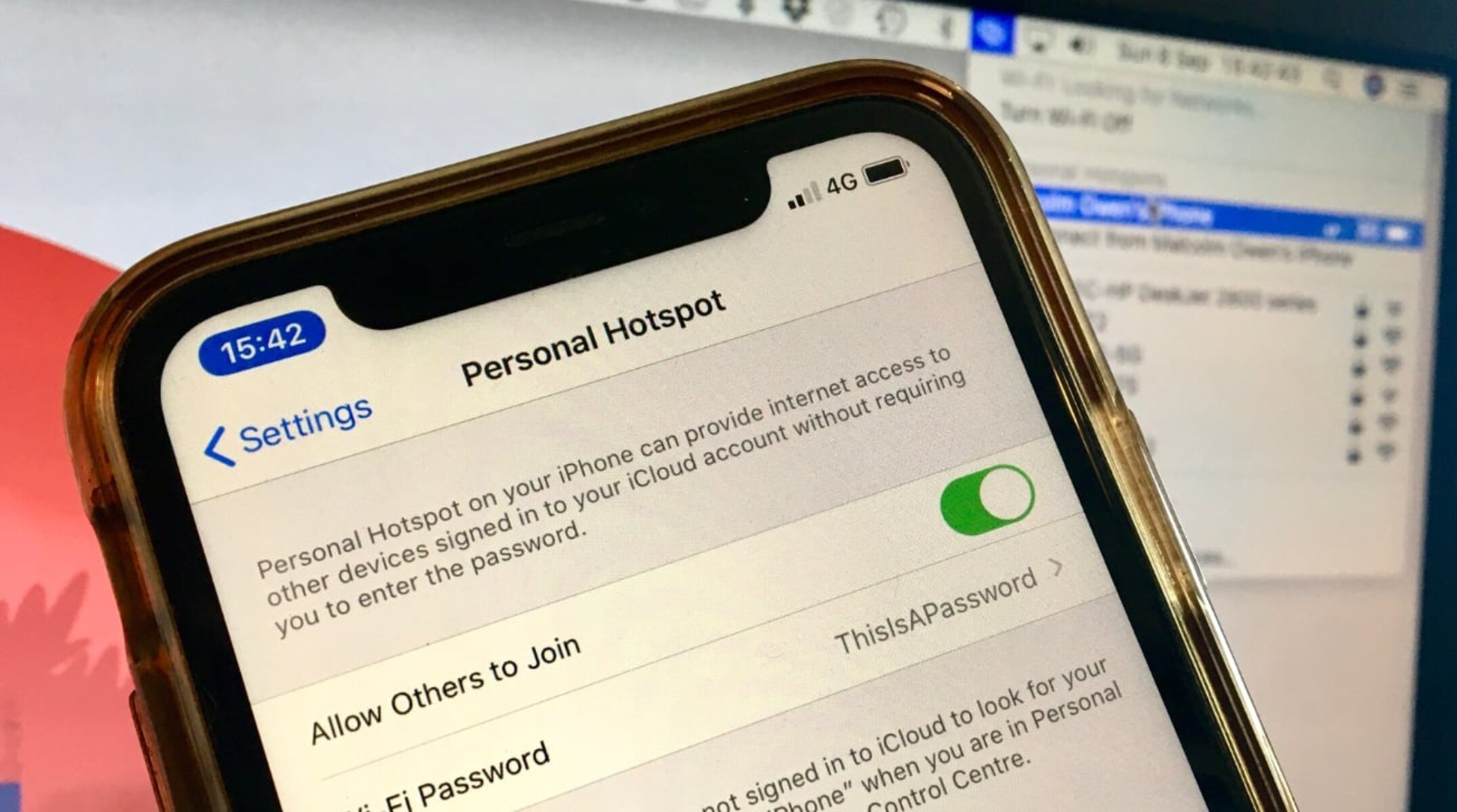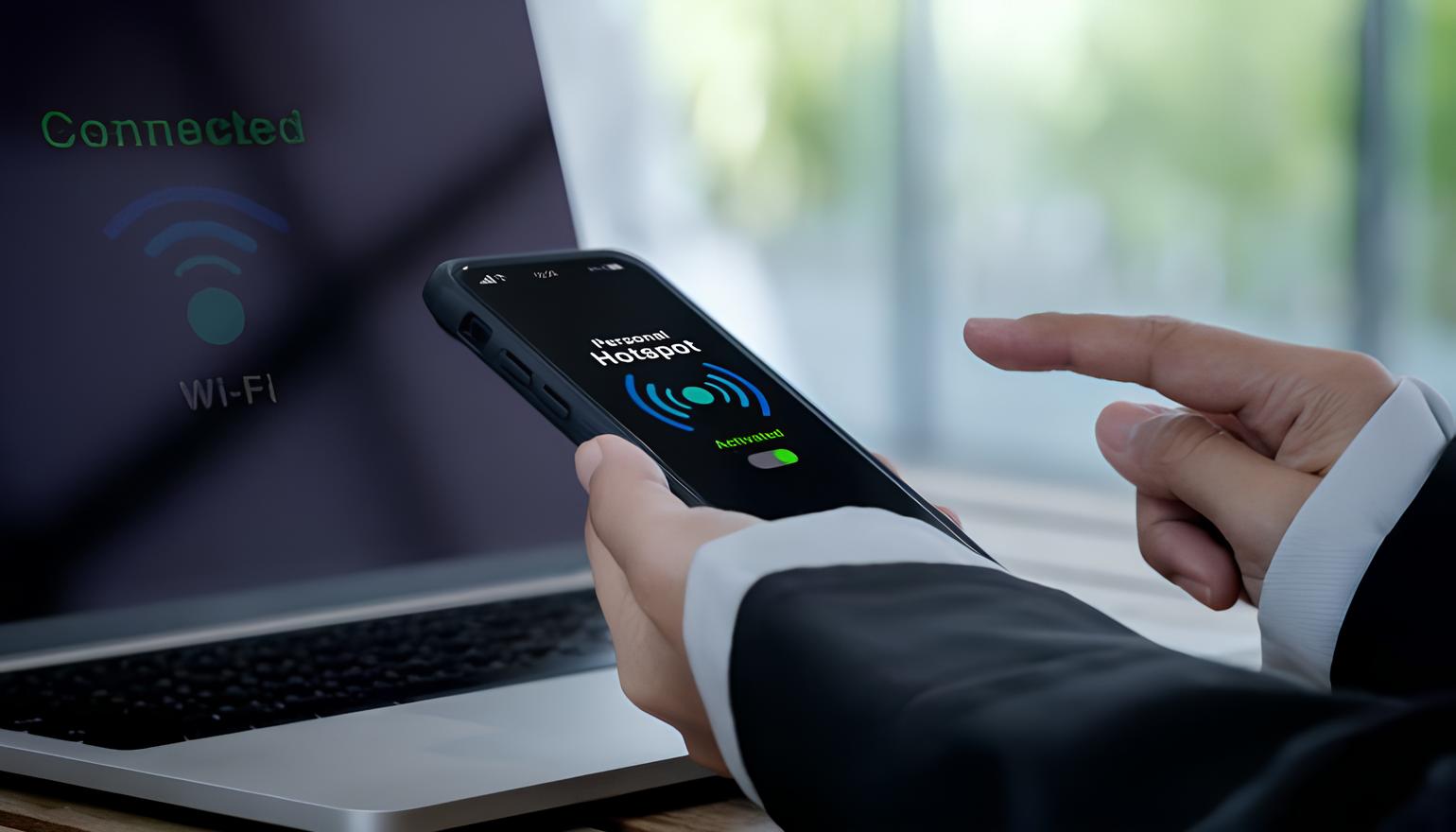Introduction
Experiencing connection issues between your phone and a hotspot can be frustrating, especially when you rely on a stable internet connection for work, entertainment, or staying connected with others. Whether you're attempting to connect to a public hotspot or using your own device as a hotspot, encountering connectivity problems is a common occurrence. However, there's no need to worry, as this comprehensive troubleshooting guide will equip you with the knowledge and strategies to address these issues effectively.
In the following sections, we will explore various troubleshooting steps to help you resolve phone connection issues to a hotspot. From checking the network signal strength to verifying hotspot settings, restarting devices, updating software, and resetting network configurations, we'll cover a range of potential solutions to get your connection back up and running smoothly. By following these steps, you can navigate through common connectivity obstacles and gain a deeper understanding of the technical aspects involved in establishing a stable connection between your phone and a hotspot.
So, if you've been grappling with frustrating connection problems or are simply looking to preemptively equip yourself with troubleshooting knowledge, this guide is tailored to address your needs. By the end of this journey, you'll be armed with the expertise to tackle phone-to-hotspot connection issues with confidence, ensuring that you can make the most of your internet connectivity without unnecessary disruptions. Let's dive into the troubleshooting process and empower you to overcome these challenges with ease.
Check Network Signal
The first step in troubleshooting phone connection issues to a hotspot involves checking the network signal strength. The strength and stability of the network signal play a pivotal role in establishing a reliable connection between your phone and the hotspot. Here's how you can effectively assess and address potential network signal issues:
-
Signal Strength Indicator: Begin by checking the signal strength indicator on your phone. This visual representation provides valuable insights into the current strength of the network signal. If the indicator shows a weak signal, it could be indicative of potential connectivity issues.
-
Physical Location: Assess your physical location in relation to the hotspot. If you're in a remote area or a location with known network coverage challenges, it's possible that the signal strength may be compromised. Consider moving to a different area to see if the signal improves.
-
Obstructions: Identify potential obstructions that could be interfering with the network signal. Physical barriers such as thick walls, metal structures, or electronic interference from other devices can obstruct the signal, leading to connectivity issues.
-
Network Provider: Evaluate the reputation and reliability of the network provider. In some cases, network signal issues may stem from the provider's infrastructure or temporary service disruptions. Checking for any reported network outages or maintenance activities can provide valuable context.
-
Alternative Networks: Explore the availability of alternative networks in your vicinity. If your phone supports multiple network bands or carriers, switching to a different network might help improve signal strength and connectivity.
-
External Factors: Consider external factors that could impact the network signal, such as weather conditions. Inclement weather, particularly severe storms or heavy rainfall, can affect the transmission of wireless signals, leading to temporary signal degradation.
By thoroughly assessing the network signal strength and considering the aforementioned factors, you can gain a comprehensive understanding of the underlying issues affecting your phone's connection to the hotspot. This proactive approach sets the stage for effective troubleshooting and empowers you to make informed decisions when addressing network signal-related challenges.
Verify Hotspot Settings
When encountering connection issues between your phone and a hotspot, it's essential to verify the hotspot settings to ensure that all configurations are optimized for seamless connectivity. The hotspot settings, which dictate the network name (SSID), security protocols, and access permissions, play a crucial role in facilitating a stable connection. By meticulously examining and adjusting these settings, you can address potential discrepancies and enhance the compatibility between your phone and the hotspot.
Here's a comprehensive approach to verifying hotspot settings and optimizing them for improved connectivity:
-
SSID and Network Visibility: Begin by confirming the visibility of the hotspot network (SSID). Access the hotspot device's settings to ensure that the network name is being broadcasted and is discoverable by nearby devices. If the network visibility is disabled, enable this feature to allow your phone to detect and connect to the hotspot.
-
Security Protocols: Evaluate the security protocols implemented on the hotspot. Common security options include WPA2-PSK (Wi-Fi Protected Access 2 – Pre-Shared Key) and WPA3, which safeguard the network against unauthorized access. Ensure that the security protocol used by the hotspot aligns with the compatibility of your phone's Wi-Fi capabilities. If necessary, adjust the security settings to establish a secure yet accessible connection.
-
Password and Authentication: Verify the accuracy of the hotspot's network password or passphrase. In some instances, connection issues may arise due to incorrect password entry or mismatched authentication settings. Double-check the password and ensure that it is correctly entered on your phone to authenticate the connection with the hotspot.
-
Band and Channel Selection: If the hotspot supports dual-band Wi-Fi (2.4GHz and 5GHz), review the band and channel settings to optimize the network performance. Depending on your phone's Wi-Fi capabilities, selecting the appropriate band and channel can mitigate interference and enhance the overall connection stability.
-
Client Limitations: Assess the hotspot's client limitations, which dictate the maximum number of connected devices. If the hotspot has reached its device capacity, it may reject additional connections, leading to connectivity issues. Adjust the client limitations if necessary to accommodate your phone's connection request.
-
Firmware Updates: Check for available firmware updates for the hotspot device. Firmware updates often include performance enhancements, bug fixes, and compatibility improvements that can address underlying connectivity issues. Updating the hotspot's firmware to the latest version can optimize its functionality and bolster compatibility with a wide range of devices, including your phone.
By meticulously verifying and adjusting the hotspot settings based on the aforementioned considerations, you can proactively troubleshoot connectivity issues and fine-tune the network environment for optimal performance. This thorough examination of hotspot settings empowers you to align the network configurations with your phone's connectivity requirements, fostering a robust and reliable connection to the hotspot.
Restart Devices
Restarting devices, including both your phone and the hotspot, is a fundamental yet often overlooked troubleshooting step that can effectively resolve connectivity issues and restore the functionality of the wireless connection. This simple yet impactful process involves powering off the devices, allowing them to rest momentarily, and then powering them back on to initiate a fresh network connection. By executing a device restart, you can address potential software glitches, clear temporary network inconsistencies, and reestablish the communication channels between your phone and the hotspot.
To initiate the device restart process, begin by powering off your phone. Depending on the device model, you can typically accomplish this by pressing and holding the power button until the shutdown options are displayed on the screen. Select the "Power Off" or "Shut Down" option to turn off your phone completely. Once the phone has powered down, allow it to remain inactive for a brief period to ensure that all active processes and network connections are terminated.
Simultaneously, power off the hotspot device by following the manufacturer's recommended shutdown procedure. This may involve pressing a dedicated power button or accessing the device's settings to initiate the shutdown process. Once the hotspot is powered off, disconnect it from the power source to ensure a complete reset of its internal components.
After both devices have been powered off, wait for approximately 30 seconds to a minute to allow for the dissipation of residual electrical charges and the cessation of background processes. This interlude facilitates a clean restart and minimizes the likelihood of lingering network issues persisting after the devices are powered back on.
Subsequently, power on your phone by pressing and holding the power button until the device boots up and the home screen or lock screen is displayed. As the phone undergoes the startup sequence, it reinitializes its network connections and establishes fresh communication pathways with nearby wireless networks, including the hotspot.
Once your phone has successfully restarted, proceed to power on the hotspot device by reconnecting it to the power source and following the manufacturer's recommended startup procedure. As the hotspot device undergoes its startup process, it undergoes a similar network reinitialization, enabling it to broadcast the network signal and accept new connection requests from nearby devices.
By executing a comprehensive restart of both devices, you effectively refresh their network configurations, clear potential software hiccups, and create an opportune environment for seamless connectivity establishment. This straightforward yet impactful troubleshooting step holds the potential to swiftly resolve connectivity issues and reinstate a stable and reliable connection between your phone and the hotspot.
Update Device Software
Keeping your phone's software up to date is a crucial aspect of troubleshooting connectivity issues between your phone and a hotspot. Software updates, often released by the device manufacturer or operating system provider, encompass a myriad of enhancements, bug fixes, and performance optimizations that can directly impact the device's ability to establish and maintain wireless connections. By ensuring that your phone's software is current, you can leverage the latest improvements in network protocols, driver compatibility, and security features, thereby fortifying the foundation for seamless connectivity to hotspots.
When it comes to updating your device's software, there are several key considerations and actionable steps to take:
Check for Updates
Initiate the update process by navigating to the "Settings" menu on your phone. Look for the "Software Update" or "System Update" option, which may be located within the "About Phone" or "General" section. Accessing this menu allows you to manually check for available software updates tailored to your device model and operating system version.
Wi-Fi Connectivity
To download and install software updates, a stable Wi-Fi connection is essential. Ensure that your phone is connected to a reliable Wi-Fi network with sufficient signal strength to facilitate the seamless transfer of update files. Using cellular data for large software updates may lead to interruptions and data usage constraints.
Update Installation
Upon identifying an available software update, follow the on-screen prompts to initiate the installation process. Depending on the update size, your phone may need to restart multiple times during the installation. It's imperative to allow the update process to complete uninterrupted to ensure the successful integration of the latest software enhancements.
Benefits of Updates
Software updates encompass a spectrum of advantages, including improved network stack efficiency, enhanced Wi-Fi driver performance, and refined network security measures. By embracing these updates, your phone gains the capacity to adapt to evolving network environments and overcome potential compatibility challenges when connecting to various hotspots.
Automatic Updates
Consider enabling automatic software updates on your phone to streamline the update process. This feature ensures that your device receives the latest software enhancements as soon as they become available, minimizing the need for manual intervention and promoting consistent network performance.
By prioritizing the regular updating of your phone's software, you proactively equip your device with the necessary tools to navigate and troubleshoot connectivity issues effectively. The seamless integration of software updates fosters an environment where your phone can confidently engage with hotspots, leveraging optimized network capabilities and bolstered compatibility to deliver a reliable and uninterrupted connectivity experience.
Reset Network Settings
Resetting network settings on your phone can serve as a potent troubleshooting tool when grappling with persistent connectivity issues to a hotspot. This comprehensive reset action encompasses a wide array of network configurations, including Wi-Fi, cellular, Bluetooth, and VPN settings, aiming to recalibrate the device's network behavior and rectify underlying inconsistencies that may impede seamless connectivity.
To initiate the network settings reset process, navigate to the "Settings" menu on your phone and locate the "System," "General Management," or "Network & Internet" section, depending on your device's specific interface. Within this menu, seek out the "Reset" or "Reset Options" category, where you'll find the "Reset Network Settings" or similar option.
Upon selecting the "Reset Network Settings" option, your phone may prompt you to confirm the action due to its impactful nature. It's essential to proceed with caution, as this reset action will erase all customized network configurations and return the device to its default network settings state.
Once the reset process is initiated, your phone undergoes a comprehensive network reconfiguration, clearing cached network data, resetting Wi-Fi and Bluetooth connections, and restoring default network protocols. This holistic reset approach aims to eliminate potential software glitches, address compatibility conflicts, and establish a clean network slate for your device to operate from.
After the network settings reset is completed, your phone will reboot, and you'll be prompted to reconfigure your Wi-Fi, cellular, and Bluetooth settings. This step involves reconnecting to Wi-Fi networks, re-entering Wi-Fi passwords, and re-establishing Bluetooth pairings to restore your device's network connectivity to its previous state.
By executing a network settings reset, you effectively address deep-seated network irregularities and create an environment conducive to seamless connectivity with hotspots. This proactive troubleshooting step offers a robust solution to persistent connectivity challenges, empowering your phone to forge stable and reliable connections with a diverse range of hotspots.
In essence, the network settings reset represents a strategic intervention to realign your phone's network configurations, fostering an optimized network environment that transcends connectivity obstacles and promotes a harmonious relationship between your device and hotspots.
Contact Service Provider
If all the previous troubleshooting steps have been diligently executed, and you still find yourself grappling with persistent phone-to-hotspot connection issues, reaching out to your service provider emerges as a pivotal recourse in your quest for resolution. Your service provider, equipped with technical expertise and insights into network infrastructure, possesses the capabilities to delve into the intricacies of your connectivity challenges and offer tailored guidance and support.
Initiating contact with your service provider can unfold in various forms, each designed to cater to your specific needs and preferences. Here are the recommended avenues for engaging with your service provider:
-
Customer Support Hotline: Utilize the customer support hotline provided by your service provider to directly communicate with knowledgeable representatives who specialize in addressing network-related concerns. By articulating the specifics of your phone-to-hotspot connectivity issues, you can tap into the expertise of the support team and receive personalized guidance to navigate through the troubleshooting process effectively.
-
Online Support Channels: Many service providers offer online support channels, including live chat support and dedicated support portals, where you can engage in real-time conversations with support agents. This digital interface facilitates seamless communication and enables you to articulate your connectivity challenges while receiving immediate feedback and tailored recommendations to address the issues at hand.
-
Physical Store Visits: If you prefer a face-to-face interaction, consider visiting a physical store operated by your service provider. In-store representatives can offer hands-on assistance, assess your device and network settings, and provide in-depth troubleshooting support to diagnose and resolve the underlying connectivity obstacles affecting your phone's interaction with hotspots.
When engaging with your service provider, it is beneficial to prepare relevant details and observations pertaining to your connectivity issues. This may include specifics such as the frequency of connection disruptions, error messages encountered, and any notable patterns or triggers associated with the connectivity challenges. By articulating these details, you empower the support team to gain a comprehensive understanding of your situation, thereby facilitating a targeted and effective resolution process.
Furthermore, remain open to the guidance and recommendations offered by the service provider's support channels. Their insights, backed by a deep understanding of network dynamics and device compatibility, can provide valuable perspectives and actionable steps to address your specific connectivity concerns.
In essence, contacting your service provider serves as a proactive and strategic step in navigating persistent phone-to-hotspot connectivity challenges. By leveraging the expertise and resources offered by your service provider, you position yourself to receive tailored support and guidance, ultimately paving the way for a successful resolution of your connectivity issues.









